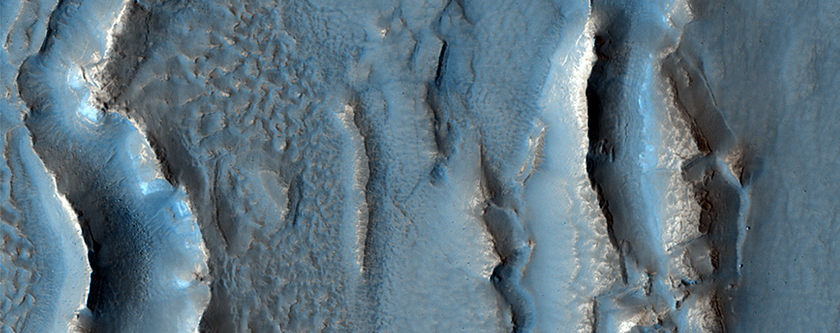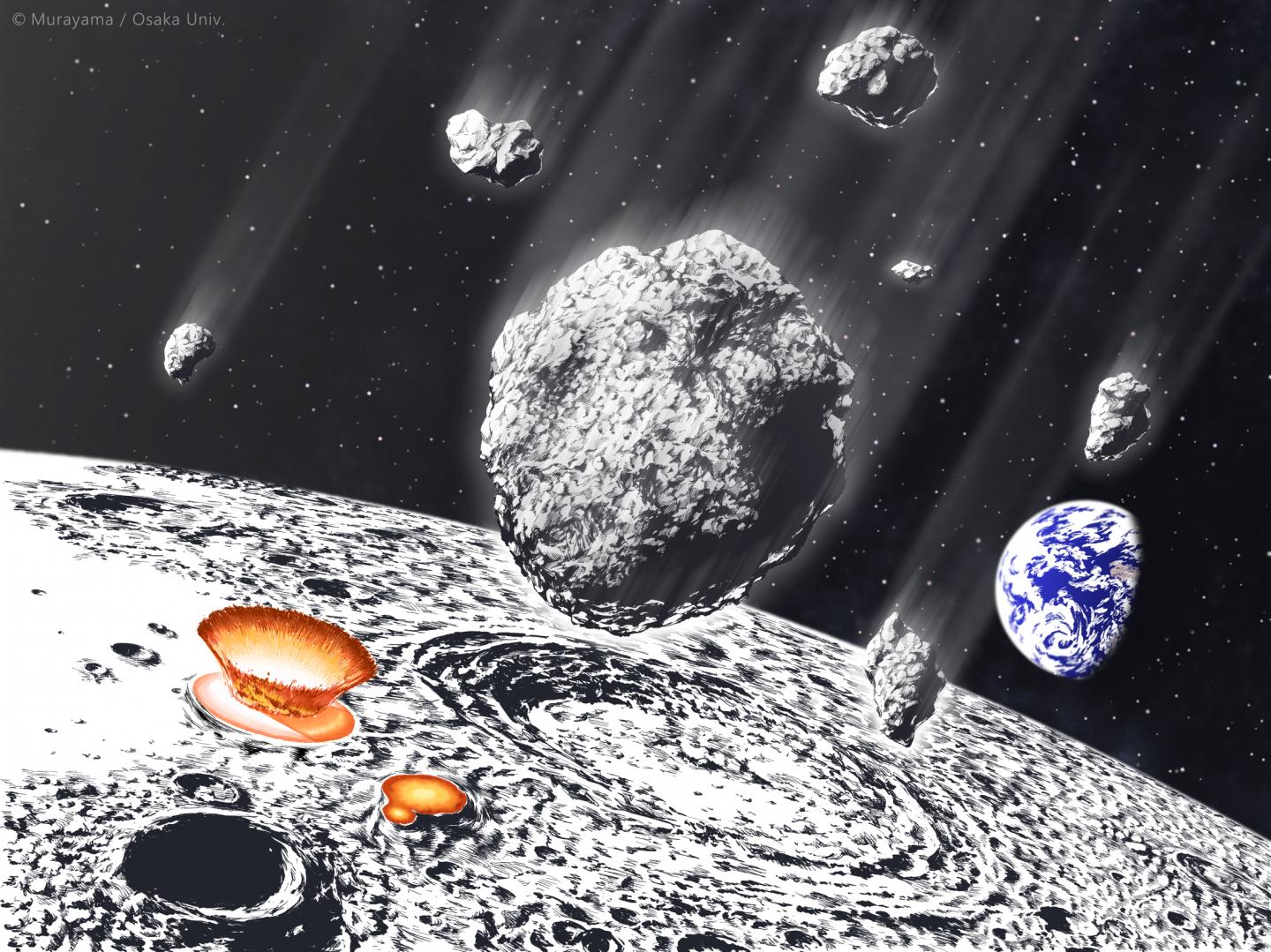Earth experiences seasonal changes because of how its axis is tilted (23.43° relative to the Sun’s equator), causing one hemisphere to always be tilted towards the Sun (and the other away) for different parts of the year. However, because of gravitational interactions between the Earth, Sun, Moon, and other planets of the Solar System, Earth has experienced changes in its orientation (obliquity) over the course of eons. This has led to significant changes in Earth’s climate, particularly the recession and expansion of ice sheets due to significant variations in the distribution of sunlight and seasonal changes.
These warming and cooling periods are known as interglacial and glacial periods (“ice ages”). Another interesting change is how the glacial-interglacial cycle has become slower with time. While scientists have long suspected that astronomical forces are responsible, they have only recently been able to test this theory. In a recent study, a team of Japanese researchers reproduced the cycle of glacial periods during the early Pleistocene Epoch (1.6 to 1.2 million years ago) using an improved computer model that confirmed astronomical forces were responsible.
Continue reading “New Climate Model Accurately Predicts Millions of Years of Ice Ages”


